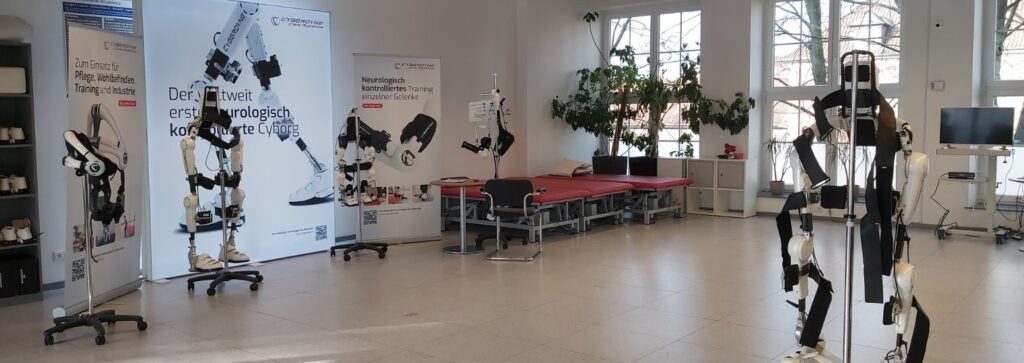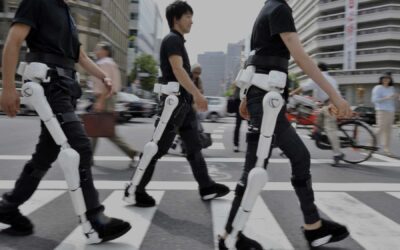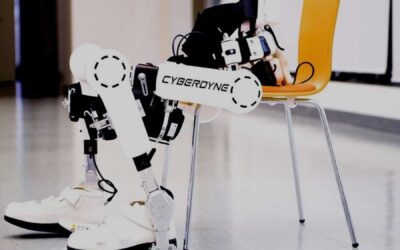Cerebrovascular Disease causes acquired disability globally. Significant changes have occurred in the medical field in recent years. With numerous technological breakthroughs, healthcare has made remarkable advancements. The Hybrid Assistive Limb, HAL, is the world’s first technology that improves and restores the user’s physical abilities based on their intentions. This unique feature has earned it the nickname The Wearable Cyborg™.
HAL Treatment for Cerebrovascular Diseases

-HAL is utilised in the management of different medical conditions.
- It is designed to accommodate all users.
- It responds to the user’s intentions.
An influential ally that promotes the journey to self-sufficiency.
The “Wearable Cyborg™ HAL is committed to forging a better tomorrow through the exploration, creation, and production of pioneering Cybernics systems, with an emphasis on enhancing healthcare, well-being, and everyday existence.
Recovery from Cerebrovascular Diseases
When an individual attempts to move, the brain transmits a message to the muscle to initiate the motion. During this process, a subtle signal indicating the wearer’s intention to move becomes noticeable on the skin’s surface.
HAL utilises sensors affixed to the skin’s surface to detect these bio-electrical signals, enabling it to execute the intended movements in response to the wearer’s voluntary instructions.

Cyberdyne HAL operates based on a motion principle-
Thinking process
When we initiate body movements, we start by contemplating the intended action. By having the thought, “I want to walk,” the brain transmits the required signals through the nerves to the relevant muscles.
Signal transmission
In a healthy individual, each muscle receives signals from the brain, enabling the muscles to exert only the necessary force to align with the intention.
Interpreting the signals
As the signals travel to the muscles, they emit faint signals on the skin surface known as “bio-electric signals [BES].” HAL is capable of detecting the BES using its specifically designed electrodes attached to the wearer’s skin surface. Taking into account various other obtained information, HAL deciphers the wearer’s intended movements.
Movement
HAL regulates the power unit based on the recognised movements to aid the wearer in executing movements according to their intentions or even applying more force than usual.
Response
Upon completion of the movement, the brain assesses how the body responded to the transmitted signals. When HAL recognises the intended motion of the wearer, the body provides feedback on the successful movement. This enables the brain to progressively understand how to transmit the necessary signals for effective movements.
Patient Testimonial-
Rody experienced a car accident in 2013, which led to spinal cord injuries at levels C6 and C7. As a result of this injury, he faced challenges in standing and walking. However, his situation improved after being admitted to Pusat Rehabilitasi PERKESO in 2019 and commencing Cyberdyne Lower Limb treatment. Following 6 months of Cyberdyne treatment, he regained the ability to stand and walk with the assistance of a walker. Even more remarkable, Rody has returned to work!
Log onto https://rehabmodalities.com/ for a free demo of our awesome mobile journey with Cyberdyne HAL



